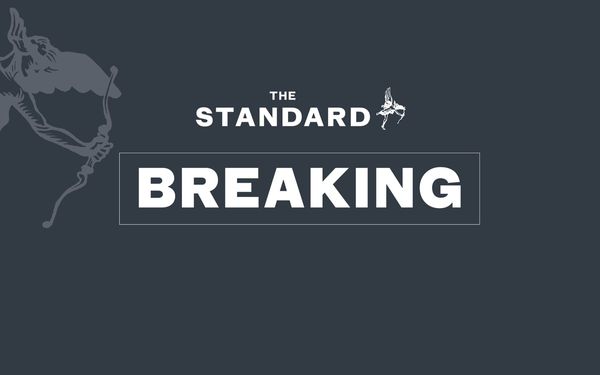
The Victorian government has announced the revival of the State Electricity Commission (SEC) decades after its privatisation, as part of a $1bn spend on renewable energy projects to achieve a 95% of renewable energy target by 2035.
The premier, Daniel Andrews, and environment minister, Lily D’Ambrosio, announced on Thursday that if re-elected in November, Labor will revive the SEC, which will be responsible for building new renewable energy projects.
Under the plan – backed by the clean energy sector – an initial investment of $1bn will be spent to deliver 4.5GW of power through renewable energy projects.
Andrews described the pledge as the “most significant energy announcement” in the state for the last 30 years.
He said the new renewable projects through the SEC would mean a third of the state’s energy would be publicly owned.
“One power station is closing, many smaller power stations will take its place,” Andrews said. “Those power stations won’t be for profit, they’ll be for people. They’ll be not owned by a private company. They’ll be owned by everyone. Everyone will benefit from that.”
The government said the new projects will replace the capacity of the coal-fired Loy Yang A power station, which operator AGL Energy last month announced will close in 2035, a decade earlier than planned.
The power plant currently supplies about 30% of the state’s electricity and is the biggest single carbon-polluting plant in the country.
The Clean Energy Council’s chief executive, Kane Thornton, said the announcement sent a strong message to investors the state was “determined to deploy large amounts of new renewable energy generation and manage the phase-out of coal-fired generation”.
Environment Victoria’s chief executive, Jono La Nauze, said the announcement was a “monumental shift” of “global significance”.
Jeff Dimery, the chief executive of Alinta Energy which owns the Loy Yang B power station, said the company needed to understand how the state would support workers in the industry as it transitioned away from coal.
“We’ve taken strong steps to prepare for the transition, and have one of the most well-advanced renewables and storage project pipelines, but we need to understand more about how the government intends to manage the cost of the expedited transition, protect communities and workers, and support us to invest in the replacement generation required to keep the lights on in the state,” he said.
“Our immediate priority and focus will be supporting our employees at Loy Yang B who will be understandably shocked by this announcement.”
The government said it will hold a controlling stake in the new renewable energy projects, with the balance of funding to come from “like-minded entities” such as industry super funds.
About $20m will be spent to set up the SEC in Morwell, in the La Trobe Valley, which has been the home of the state’s coal industry.
The SEC was first set up in 1918, and by 1972 it was the sole agency in the state for electricity generation, transmission, distribution and supply before it was privatised in the 1990s.
The government said the new SEC will “consider all options”, including becoming a state-run retailer, partnering with an ethical retailer or remaining solely in the wholesale market.
As part of the plan, a new target of cutting emissions by 75% to 80% by 2035 was announced, which D’Ambrosio described as “world-leading”.
“We are the second jurisdiction in the world to set the 75% to 80% reductions target by 2035,” she said.
The government will also bring forward – and legislate – its net zero emissions target by five years to 2045. The previous targets were to reduce emissions by 28% to 33% of 2005 levels by 2025, and by 45% to 50% by 2030.
In New South Wales, the government has set a 50% emissions reduction target by 2030 and net zero by 2050, while the ACT has a 65% to 75% emissions reduction target by 2030, 90% by 2040 and net zero by 2045.
The federal government has legislated an emissions reduction target of 43% by 2030 and net zero emissions by 2050.
Victoria has also set target for 95% of all electricity to come from renewable energy by 2035, and boosted its 2035 target from 50% to 65%.
The state government estimates the initiatives will boost the state’s economic output by about $9.5bn and support 59,000 jobs through to 2035.







